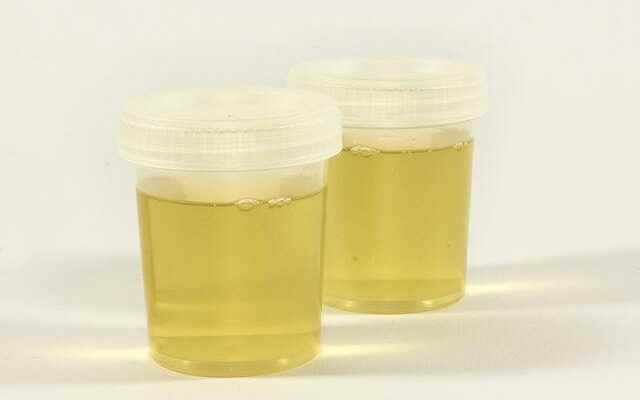Toxins and harmful substances accumulated in the body are excreted through urine. The color of the urine gives information about diseases. Normal urine color should be clear and light yellow. While the light yellow or watery color indicates that a lot of fluid is consumed and the urine density is at the lowest level, the darkest yellow indicates that the fluid is consumed less or less fluid is coming to the kidney. Drinking 2.5 liters of water during the day ensures that the urine gives healthier results. Urology and Andrology Specialist Prof. Dr. Ömer Faruk Karataş gave important information on the subject: “Sometimes, jaundice in the eyes brings doctors closer to the diagnosis, and sometimes bruising on the face and lips can be important in diagnosing. In addition to these, samples taken from blood, breath, urine, sweat, cerebrospinal fluid and direct tissue are also used to make a definitive diagnosis. The color of the urine, which plays an important role in the removal of wastes in the body, also gives clues about important health problems.
CAN WE NOTICE THE CHANGES IN OUR BODY BEFORE GOING TO THE DOCTOR?
Of course. For this, we can be a very good observer and discern changes in our body well in advance. One of the issues that will attract the most attention is changes in urine color. Normally, most of the urine consists of water. Therefore, normal urine color is transparent and clear. Depending on factors such as eating and drinking status, drugs used and ambient temperature, temporary changes in urine color may occur.
prof. Dr. Ömer Faruk Karataş continues his words as follows;
WHICH URINE COLOR IS NORMAL AND WHICH IS A SYMPTOM?
Transparent urine: It is the normal urine color. However, in those who consume too much liquid or in some kidney diseases, the urine may appear transparent all the time without any change in the color of the urine. It can be a symptom of diseases such as diabetes or Diabetes Insipidus.
Amber or honey-colored urine: Usually associated with low water consumption. It often does not indicate a disease. It can also be seen temporarily in excessive sweating and water loss.
Orange colored urine: It may be due to various drug use and vitamin intake, especially liver and gallbladder diseases. Sometimes, it can be seen normally after consuming natural foods such as carrots and beets.
Brown urine: It can be after excessive dehydration, as well as a symptom of liver diseases such as jaundice and Gilbert’s Syndrome.
Pink colored urine: Associated with food consumption. It is especially seen after consumption of blueberries and beets. It is a temporary situation.
Red-colored urine: It may be an early sign of cancers, such as infections, kidney stones, or cancers that involve all pathways of urinary excretion starting from the kidney (kidney, ureter, bladder, prostate, urethra). It is the most important urine color sign. It must be evaluated by a urologist.
Green colored urine: It may be due to various drug use or infections. Sometimes it is seen after consumption of asparagus.
Blue urine: It can be seen due to drugs, familial genetic diseases. Sometimes it may be due to different food consumptions.
Black urine: Associated with copper poisoning, phenol poisoning, post-melanoma in gastrointestinal bleeding, consumption of fava beans, and some drug use.
White colored urine: It may be due to excessive protein feeding, urinary infections or excessive intake of minerals such as calcium and phosphate. Intermittent milky urine may indicate lymphatic system diseases.
As you can see, many colors in the urine can be an early or late sign of many different diseases. The best and most accurate thing is to notice the change in your urine color beforehand and to consult a urology specialist if it continues.
